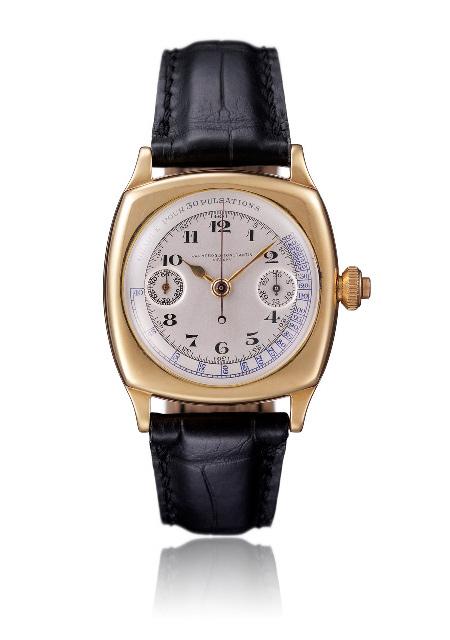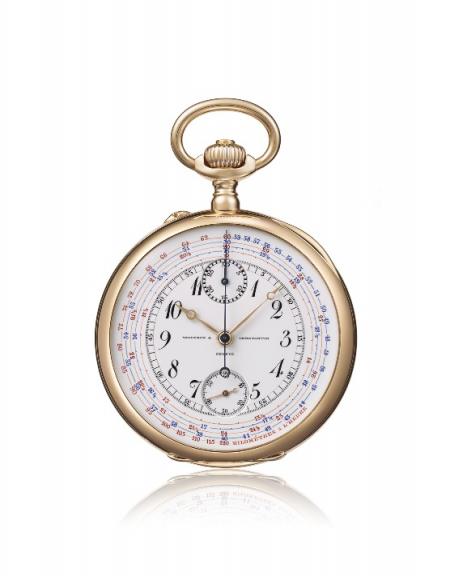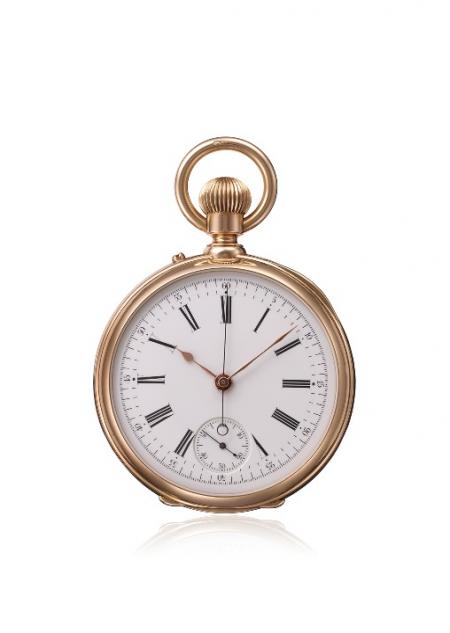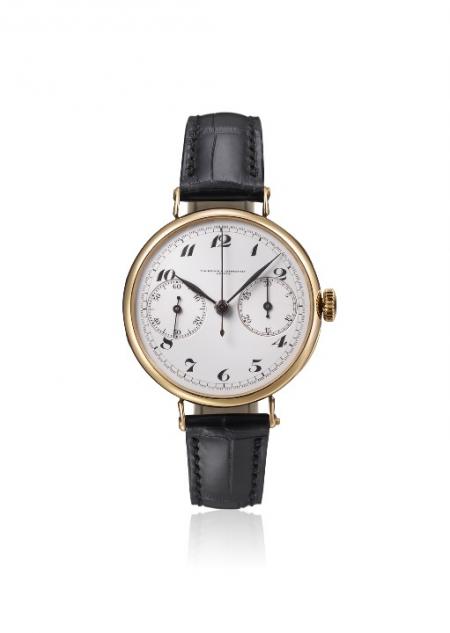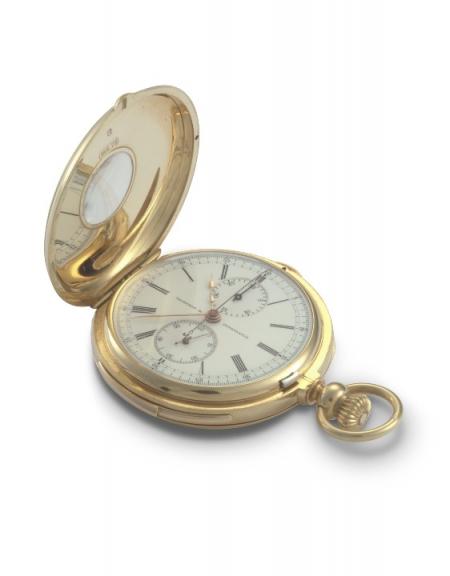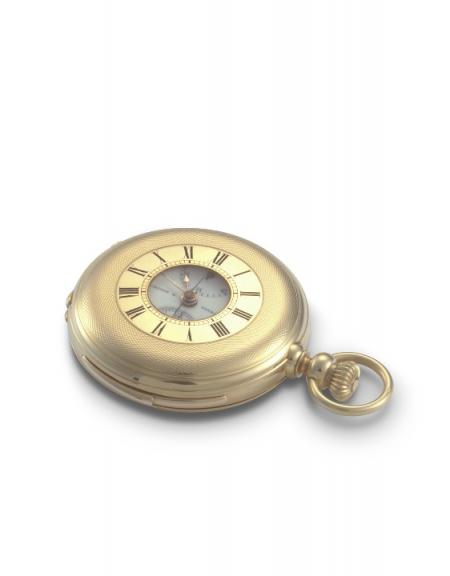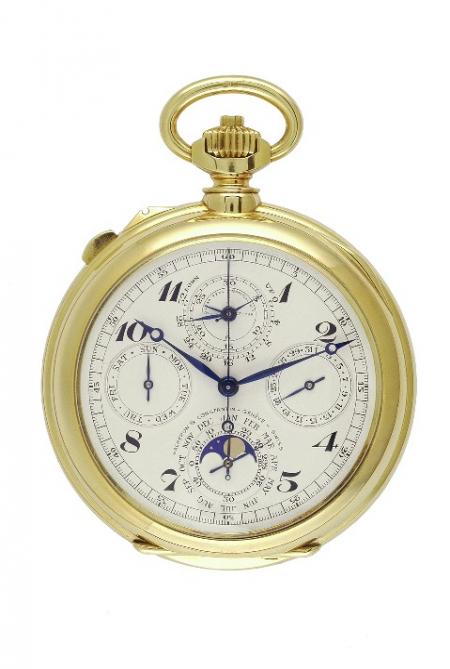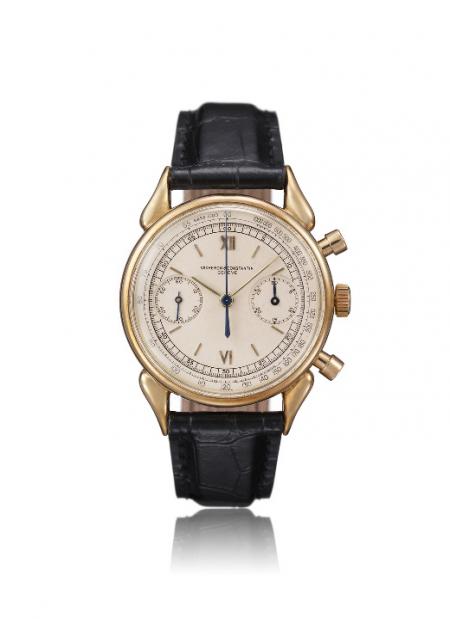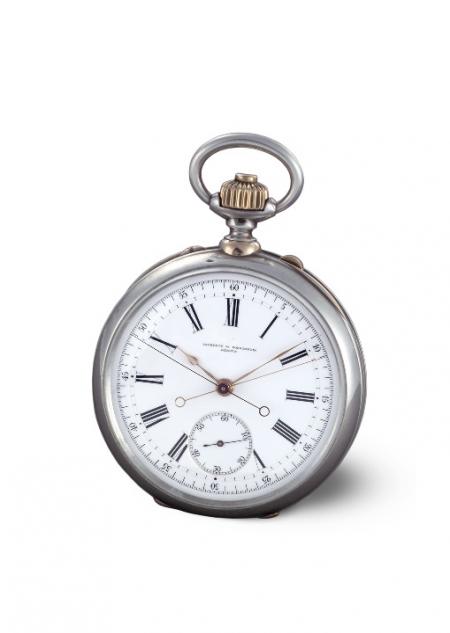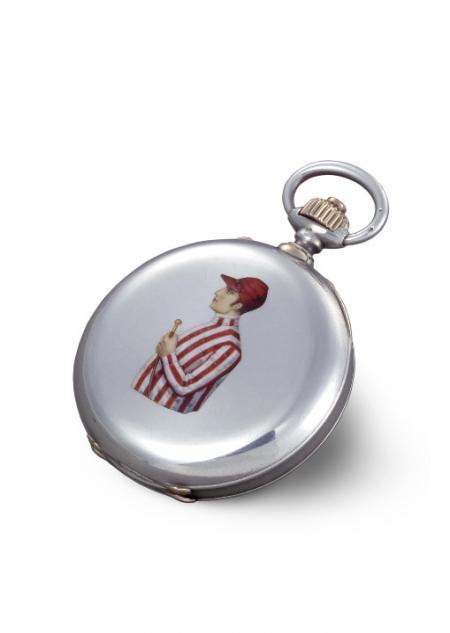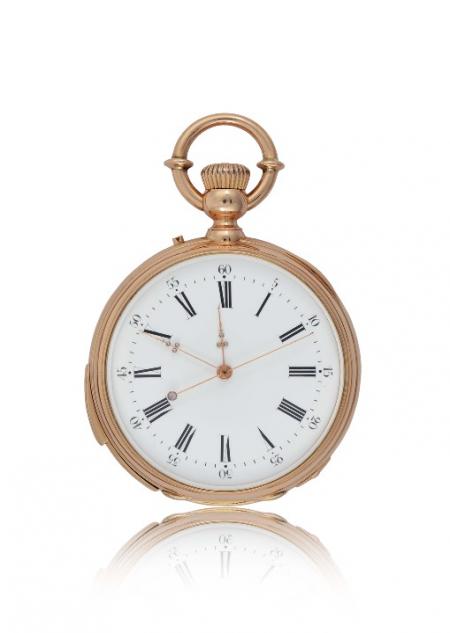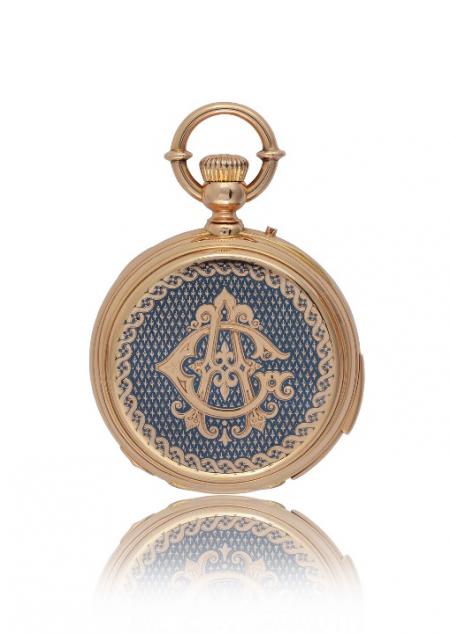Vacheron Constantin, the chronographe through time
Over a three-month period, the heritage area of the Maison is welcoming a new exhibition dedicated to the history of short-time measurement. The choice of this theme is no coincidence. While the Manufacture has frequently distinguished itself in this field throughout the past century, this year it is presenting “Harmony”: a new collection celebrating its 260th anniversary and clearly inspired by one of the first wrist chronographs dating from 1928.
The exhibition, located on the first floor of Vacheron Constantin’s historical premises on the Quai de l’Ile in Geneva, features around 60 watches selected from the more than 1,300 pieces composing its private collection. They all share a common denominator: the measurement of extremely short periods of time. Alternating between slate grey, garnet red and black in illustrating archive excerpts or details of complex movements, the display décors immediately immerse visitors into a technical world providing a glimpse of just how deeply chronograph mechanisms are embedded in the history of the Maison.
As the quest to master time developed, the race for records progressively moved from seconds to fifths, tenths, hundredths and thousandths of a second. Nonetheless, the chronograph is more than ever an indispensable part of Haute Horlogerie collections thanks to its complex and dynamic mechanics. An enduring source of fascination for Fine Watchmaking enthusiasts by its ability to conjure up a sense of speed and power, this type of model remains highly sought-after at auctions around the world.
This new exhibition testifies to an impressive ability to adapt to the most varied demands, in an age when watches were a significant factor in progress, and when scientific or sporting performances were still measured by mechanical devices. When the central sweep-seconds hand was introduced during the latter half of the 18th century, watchmakers rapidly sought a means of holding it still and making it independent from the mechanism driving the hours and minutes hands. This paved the way for innovations in this domain, as illustrated in the first room of the exhibition. This pocket watch features an independent deadbeat seconds hand. Its movement is composed of two sets of gear trains serving to halt the seconds hand without stopping the watch.
The visit is organised around five themes: simple pocket watches, simple wristwatches, watches displaying various scales, split-seconds chronographs, and finally watches with sophisticated complications. The first section presents so-called simple pocket watches perfectly illustrating this horological heritage in a supremely classic construction. The rounded curves of the smooth-polished cases in 18-carat gold, the immaculate white enamel dials, as well as the slender hands, all promote the perfect readability of the chapter ring and the counters.
From the 1910s onwards, the chronograph migrated to the wrist. While it still bore the hallmarks of former pocket-watch versions, it soon began to reveal its own personality. The 1928 model already displays a distinctive character. This cushion-shape mono-pusher chronograph bears a pulsometric scale, “pear-shape” hands and Arabic numerals in black enamel. A little further along, various iconic chronograph wristwatches from the 1930s to the 1960s (models 4072, 4178 and 6087) feature consistently different faces. They vividly reveal the considerable expertise cultivated by Vacheron Constantin in the art of watch exteriors: silver-toned, black, champagne-toned or pink dials, two-toned cases, gold hour-markers, Arabic numerals, “cow-horn” lugs, dagger or baton-type hands… The display of indications evolves and visual perceptions are constantly renewed in an appealing stylistic exercise.
Vacheron Constantin also presents chronographs displaying several graduation systems, serving to perform combined measurements and thereby meet the expectations of certain industrialists, engineers, doctors and even horsebreeders. Often equipped with a tachometric scale to measure the speed of a mobile element, they sometimes feature a telemetric scale – an instrument indispensable to artillerymen – or a sphygometer (blood pressure measuring instrument) which was useful for medical diagnoses. Other models complement the chronograph function with a split-seconds system serving to measure phenomena beginning at the same time but of varying duration by providing intermediate/split times. Vacheron Constantin was a longstanding major supplier in the field of sports timekeeping and made a name for itself in the official measurement of various disciplines such as motor-racing, ski competitions or horse races. Finally, the exhibition ends with a stunning array of horological complications, an incredibly elaborate domain in which Vacheron Constantin has resolutely proven its abilities. The chronograph is harmoniously associated with minute repeater, perpetual calendar, moon-phase or tourbillon mechanisms.
This fascinating tour testifies to undeniable horological mastery, as well as to judicious aesthetic choices. Chronographs have always been part of the collections. However sophisticated, their constructions are above all dedicated to legibility and wearer comfort. At the heart of these apparently simple exteriors lie brilliant mechanical accomplishments featuring meticulous and refined finishes, as well as tried and trusted rating precision. Authentic measuring instruments dedicated to serving humankind and making this a truly must-see exhibition.
“The Chronograph through Time” exhibition, running until the end of March 2015
Maison Vacheron Constantin, 7 Quai de l’Ile, 1204 Geneva
By appointment only, call: 022.930.20.05
